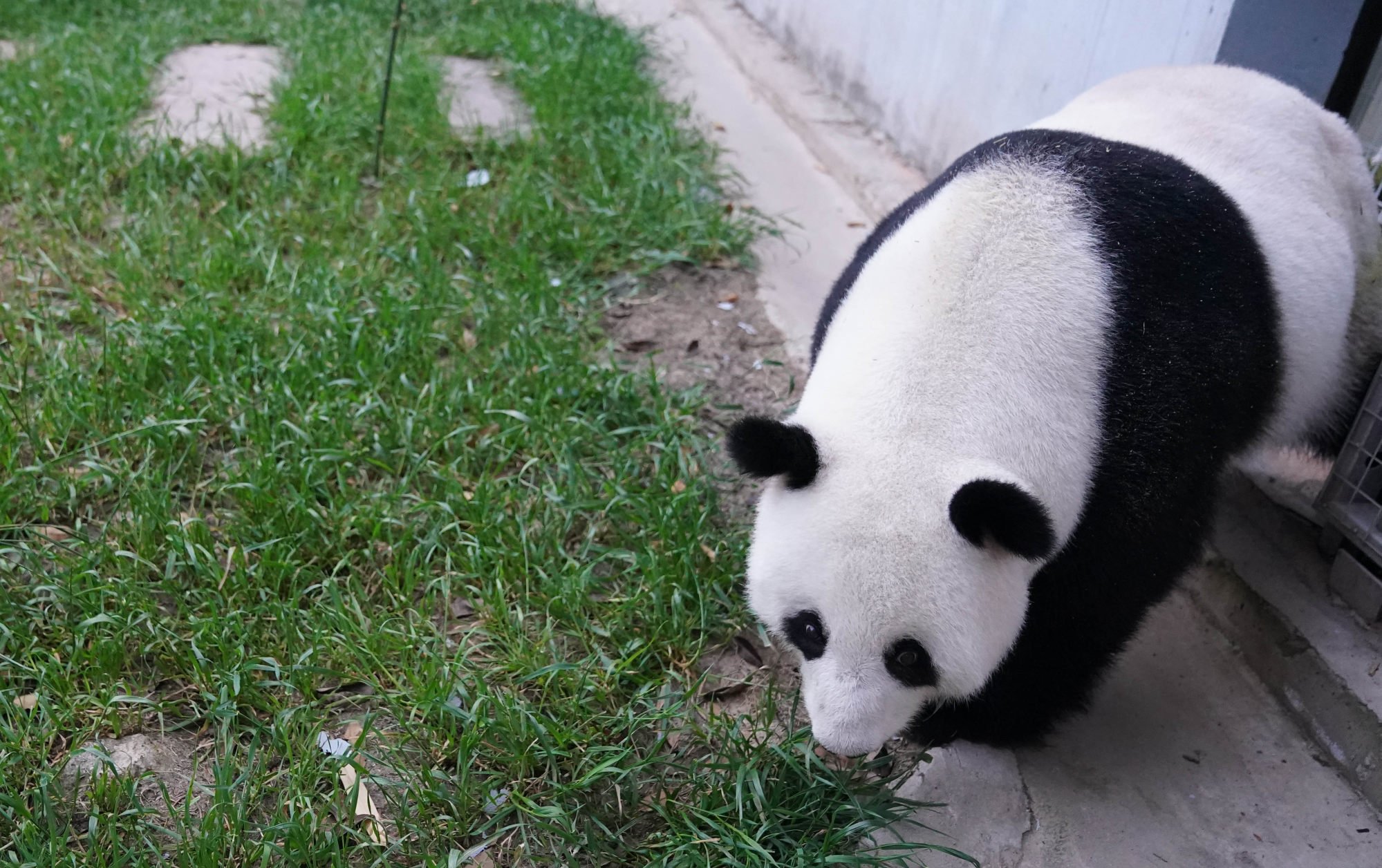Chinese pandas over local wildlife? Malaysians debate cost of hosting a new pair
Pandas Fu Wa and Feng Yi, who returned to China on Sunday, cost Malaysia millions of ringgit in maintenance in their 11 years’ stay

As pandas Fu Wa and Feng Yi return to China after more than a decade in Malaysia, the public is questioning the cost of hosting a fresh pair of the endangered bears – money which could be spent instead on protecting endangered local wildlife and supporting the beleaguered national zoo.
Malaysia, home to an estimated 170,000 species across its ancient rainforests, rivers and seas, is one of only 17 “megadiverse countries” labelled as such by US-based environmental organisation Conservation International for housing most of the Earth’s species.
More than 1,100 animal species in Malaysia are listed as threatened, from the Malayan tiger and tapir to the Bornean orangutan.
Pandas Fu Wa and Feng Yi, who arrived in 2014 on loan from Beijing as part of their “panda diplomacy” programme, were hailed as a conservation success, producing three cubs over seven years – a rare feat for pandas in captivity.

Housed in a purpose-built, climate-controlled enclosure at Kuala Lumpur’s National Zoo, the pair drew steady crowds but also criticism over maintenance costs.
As farewell tributes poured in after their departure on Sunday, many Malaysians expressed concern that resources could be better spent protecting native species that, unlike the giant pandas, are still considered to be endangered.
“We had elephants and tigers being hit on the road because of deforestation, maybe we should do more for them,” said Malaysian social media use Sylvia Tan.
Endangered elephants
Others pointed out that Malaysia’s pygmy elephant was recently added to the International Union for Conservation of Nature’s (IUCN) Red List of Threatened Species and should get more attention.
Found in the jungles of Sabah in North Borneo, the animals have lost over 60 per cent of their habitat to deforestation and palm oil plantations in recent year. IUCN says there are only 400 breeding adults left in the wild.
Giant pandas, meanwhile, were removed from the list in 2016, with their conservation status downgraded to vulnerable.
The cost of maintaining the two pandas in Malaysia was a sore point from the start.
While the total cost of their total has not been disclosed, the Giant Panda Conservation Centre set the National Zoo back 4.65 million ringgit (US$1 million) in 2018, which ballooned to 7.38 million ringgit in 2019.
All this is while the zoo has had to ask the public for donations in recent years for upkeep costs – including food for the animals.

The zoo has also relied on corporate social responsibility activities for maintenance work like repainting buildings.
“Our own national zoo has no funds to run but yet we are going to spend millions to take care of these pandas for another 10 years,” said social media user Srisanthia Ramankutty.
During his visit in April, Chinese President Xi Jinping signed a new agreement enabling Malaysia to receive a new pair of giant pandas for the next 10 years.
Malaysia had earlier told China that it wanted to keep Fu Wa and Feng Yi for longer than the agreed term.
Prime Minister Anwar Ibrahim said that although the cost of maintaining the pandas was quite high, it was offset by the fact that they were a major tourist attraction.
“We did not pay for the pandas, just maintenance only. And many people come to the zoo to see them. Many feel like it’s a once-in-a-lifetime experience to see the pandas,” he said in January.